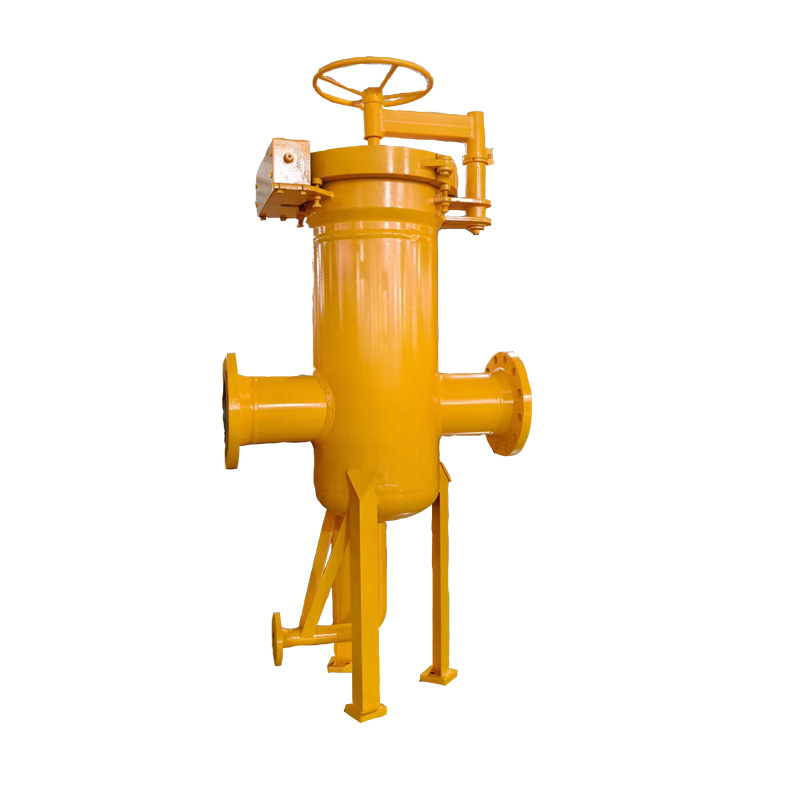
Dec . 11, 2024 10:05
Back to list
Understanding Gas Pressure Vessels and Their Applications in Various Industries
Understanding Gas Pressure Vessels A Comprehensive Overview
Gas pressure vessels are critical components in various industrial processes, serving as storage systems for gases under pressure. Understanding their design, operation, and safety considerations is essential for industries ranging from chemical manufacturing to energy production. This article delves into the fundamental aspects of gas pressure vessels, their applications, and the regulatory framework governing their use.
What is a Gas Pressure Vessel?
A gas pressure vessel is defined as a container designed to hold gases at a pressure substantially different from the ambient pressure. These vessels are engineered to withstand high pressure and are often constructed from robust materials such as steel or composite substances. The design must comply with various standards and regulations to ensure safety and reliability during operation.
Applications of Gas Pressure Vessels
Gas pressure vessels are employed in a wide array of applications. In the chemical industry, they are used to store and transport gases like ammonia, chlorine, and carbon dioxide. In the energy sector, natural gas storage and transportation often involve gas pressure vessels designed to withstand high pressures. Additionally, in the hydrogen industry, these vessels are crucial for the safe storage of hydrogen gas, which is gaining prominence as a clean fuel alternative.
Another significant application is in the medical field, where gas pressure vessels are used to store medical gases such as oxygen and nitrous oxide. Hospitals utilize these vessels for patient care, ensuring that life-saving gases are readily available.
Design Considerations
Designing a gas pressure vessel involves several considerations
1. Material Selection The choice of material is pivotal, as it must endure high pressures and potential corrosion. Common materials include carbon steel, stainless steel, and specialized alloys.
gas pressure vessel

2. Pressure Ratings Vessels are classified based on their pressure ratings, which dictate the maximum pressure they can safely handle. This classification informs the design process and helps in selecting appropriate safety measures.
3. Structural Integrity Engineers must ensure that the vessel can withstand stresses induced by pressure changes, temperature fluctuations, and external forces. Finite element analysis is often employed to assess structural integrity.
4. Safety Features Safety valves, pressure relief systems, and monitoring devices are integrated into the design to prevent overpressure situations and allow for emergency venting.
5. Regulatory Compliance Compliance with local and international standards, such as those set by the American Society of Mechanical Engineers (ASME) or the Occupational Safety and Health Administration (OSHA), is mandatory. These regulations dictate construction practices, inspection routines, and testing protocols.
Safety Considerations
Safety is paramount when dealing with gas pressure vessels. The inherent risks associated with pressurized gases necessitate rigorous safety protocols. Regular inspection and maintenance are essential to identify wear and tear or potential failure points. Non-destructive testing methods, including ultrasonic and radiographic testing, are commonly used to assess the condition of pressure vessels.
Moreover, operators must be trained in handling gas pressure vessels and responding to emergencies. Understanding pressure release mechanisms and the safe operation of valves and other control systems is crucial for ensuring safety in the workplace.
Conclusion
Gas pressure vessels play a vital role in numerous industries, impacting everything from energy production to healthcare. Their design and operation are governed by stringent standards to ensure safety and efficiency. As technology advances, the focus on enhancing the materials and designs of these vessels continues to grow, aiming for even higher safety margins and performance.
As industries evolve and the demand for safe, efficient gas storage solutions increases, the importance of understanding gas pressure vessels cannot be overstated. Ensuring compliance with safety regulations and incorporating state-of-the-art design practices will be essential for the future of gas pressure vessel applications. In a world that continuously seeks energy efficiency and sustainability, these vessels will remain at the forefront, ensuring that we harness the power of gas safely and effectively.
Latest news
-
Safety Valve Spring-Loaded Design Overpressure ProtectionNewsJul.25,2025
-
Precision Voltage Regulator AC5 Accuracy Grade PerformanceNewsJul.25,2025
-
Natural Gas Pressure Regulating Skid Industrial Pipeline ApplicationsNewsJul.25,2025
-
Natural Gas Filter Stainless Steel Mesh Element DesignNewsJul.25,2025
-
Gas Pressure Regulator Valve Direct-Acting Spring-Loaded DesignNewsJul.25,2025
-
Decompression Equipment Multi-Stage Heat Exchange System DesignNewsJul.25,2025

